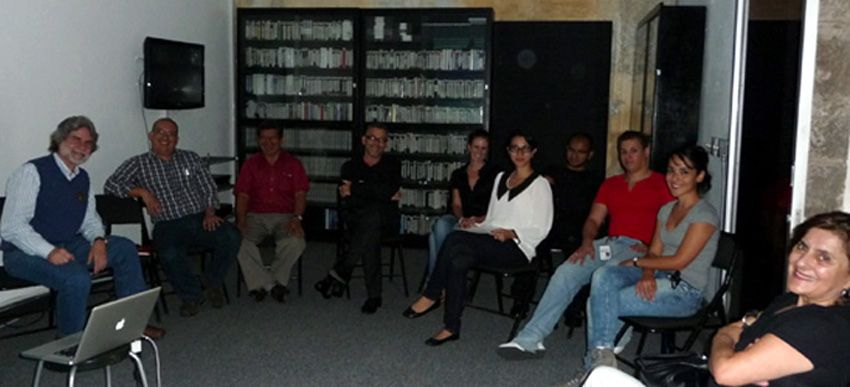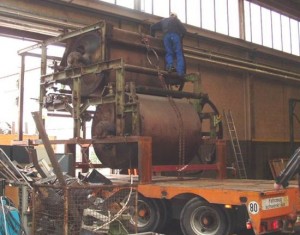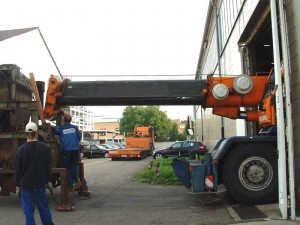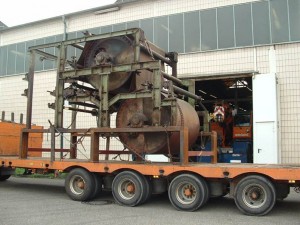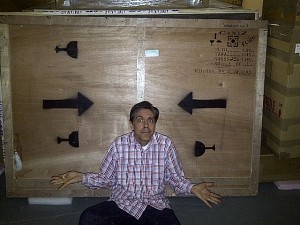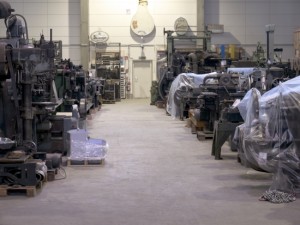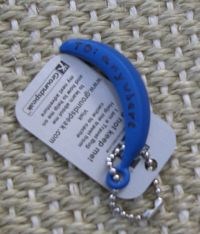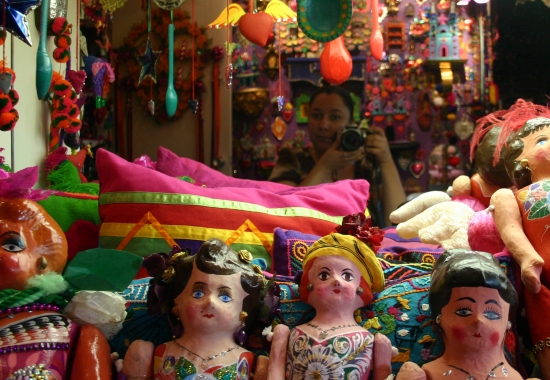Here we are at my fifth entry for the FAUX Real blog and I hope that you have been enlightened and feel free to contact me directly with questions.
I mentioned the aliases of Gardiner, Scott, Brantley and Lanois the last time in part four. Let us start with the first alias Steven Gardiner. This was in 2009 with the Mississippi Museum of Art when Landis gifted a watercolor by Stuart Davis. Later he gifted forgeries of the Lepine oil on panel as well as the self portrait by Marie Laurencin. The interesting thing that I mentioned when I started this blog is that Landis gifted these forgeries in honor of his mother or dad as he refers to them. When Landis used Gardiner, he gifted in honor of Joane Green Gardiner his mother… his mother was Jonita Joyce Brantley… now giving his mother an alias. How does that honor her memory since she passed in April of 2010.
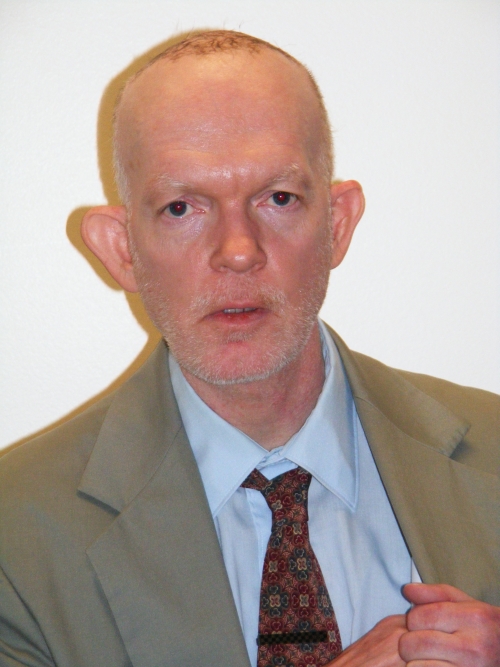
Also known Aliases:
2009 – Steven Gardiner
2010 – Father Arthur Scott
2011 – Father James Brantley
2012 – Mark Lanois
After Landis confessed to what he had been doing over thirty years to The Financial Times, I figured Landis had been shopped by me and would stop… or at least take some time to figure out how to start back up. To my surprise I get a call from a high school in New Orleans and the same day a call from a university in Georgia telling me that they had just been visited by Fthr. James Brantley… aka Mark Landis. It did not take Landis even six months to come up with a new name and believe it or not James Brantley was the name of his mother’s second husband… James E. Brantley!
Now to the fourth and final, at this point, alias Mark Lanois. Landis approached and gifted 10-11 forgeries to Loyola University in New Orleans ten years earlier and had talked with the same development person in February 2012 and told him his name was Mark Lanois. The staff person at Loyola had been following my updates over the years and contacted me regarding Landis and his dealings with them. I could not believe that now after a year of confessing to The Financial Times he was still at his con and now had come up with two more alias. Guys I have so much to share with you on this case and look for an upcoming publication in The New Yorker by a writer that has been with The New Yorker since 1980 and was at my home this past weekend and interviewed me for over twelve hours. This should come out this spring. So keep a look out and do your due diligence and…
Talk soon!
Matt
Read more:
- FAUX Real – Happy New Year Trekkers
- FAUX Real: News from Art and Craft
- FAUX Real: On the Trail of an Art Forger – Art and Craft Trailer
- FAUX Real – How did I get here?
- FAUX Real: Art and Craft – The Film
- FAUX Real: On the Trail of an Art Forger – Short Notice II
- FAUX Real: On the Trail of an Art Forger – Short Notice
- FAUX Real: On the Trail of an Art Forger Part 11
– Final Entry for 2013 - FAUX Real: On the Trail of an Art Forger Part 10
- FAUX Real: On the Trail of an Art Forger Part 9
- FAUX Real: On the Trail of an Art Forger Part 8
- FAUX Real: On the Trail of an Art Forger Part 7
- FAUX Real: On the Trail of an Art Forger Part 6
- FAUX Real: On the Trail of an Art Forger Part 5
- FAUX Real: On the Trail of an Art Forger Part 4
- FAUX Real: On the Trail of an Art Forger Part 3
- FAUX Real: On the Trail of an Art Forger Part 2
- FAUX Real: On the Trail of an Art Forger Part 1
